The Great Spider story began Aug. 21, 1932 when a St. Charles city employee was checking the pumphouse of Fourth Street and walked into a fascinating and awesome sight. A spider holding a snake captive in its web. For the next three weeks no legendary spider of snake ever enjoyed such a burst of notoriety as these two creatures in the St. Charles pumphouse.
Snake and Spider War, Photograph contributed by Mayor Langum. Sept. 1932
It was surmised that the snake, a seven inch garter, had made a pass at the spider and missed. The snake's had was annoyingly tangled in the web. When the snake tired, the spider, sensing weakness, began to relentlessly spin more web.
Besides being a closeup of a natural struggle for survival, which attracts human attention, this situation presented elements that aroused human emotions. Some people were shocked. Some felt the pity for the snake which was clearly losing the fight. Gambling instincts were provoked. The wire service spread the story and pictures of the epic battle throughout the nation.
Adding to the interest was the fact that the two creatures who normally are among the most repulsive to man, were not able to capture human interest and sympathy for their respective positions. People all over the country took sides. Some wanted the snake to win. Many thought the clever little spider deserved the victory. Phone calls and letters came to city hall from all of the U.S. and Mayor Langum found himself in the middle of a great controversy and refused to take sides.
Days passed into weeks and still, the struggle between the spider and the snake made the news. The spider by now had cunningly spun reinforcing threads in several directions and the snake couldn't battle to free itself. On September 14, about three weeks of international commotion, Mayor Langum decided he'd had enough.
He entered the pump house alone and cut down the snake. It was exhibited for a few days in a store window to prove that it was alive. A number of days later the same was released in an area of Pottawatomie Park where it was occasionally seen running away from ground spiders.
Click to read the full article, St. Charles Chronicle, September 11, 1932.







